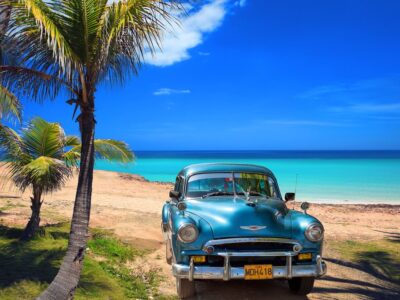
Cuba is a great destination at any time of year, but the best season to visit depends on your travel priorities. Whether you plan to bask in the warmth of a beach vacation, immerse yourself in the annual four-day jazz festival, or head deep into coffee country, you'll want to learn more about Cuba's seasonal offerings before planning your trip.
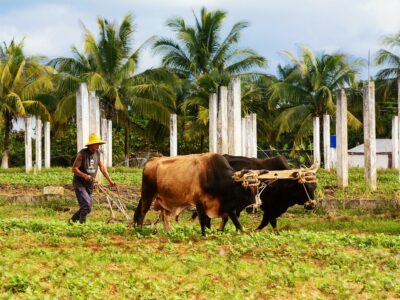
This is a peak month in Cuba for travel. Havana, Trinidad, and Viñales in the heart of tobacco country can all seem overrun (although things have eased in Havana since 2019, with U.S. cruise ships no longer calling). This is also a peak festival season, and Havana is abuzz with celebration. Hotel rates are high, but there are plenty of bargain-priced casas particulares (private B&Bs). And though weather is variable, you’ll mostly experience gorgeous sunny days.

Vibrant and fascinating, Cuba was once the forbidden fruit for U.S. tourists. As of 2011, every citizen is once again legally permitted to visit - but there are still a few hoops to jump through before hopping on a plane. From getting a tourist visa to booking accommodations, here's what you need to know before planning your safe and legal trip to Cuba.
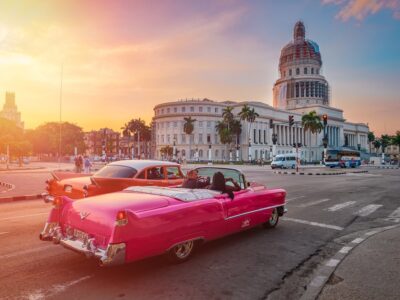
Although visitors are fewer than in January, February is, with good reason, still a very busy month, especially in Havana, Trinidad and Viñales. The sun shines without being overbearing, rain mostly stays away, and nighttime temps are refreshingly cool. Further afield the number of visitors thins, and it’s easy to find attractive off-the-beaten-track venues.
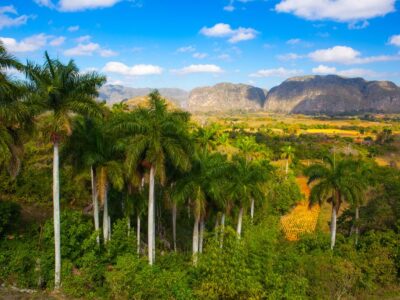
The dry season finally arrives in November, bringing heaps of sunshine and agreeable temperatures. Plus, this month Cuba hosts some of the most popular festivals of the year. The tourist floodgates begin to open also, but not so much than Cuba feels crowded, and expect higher hotel and other rates than in prior months.
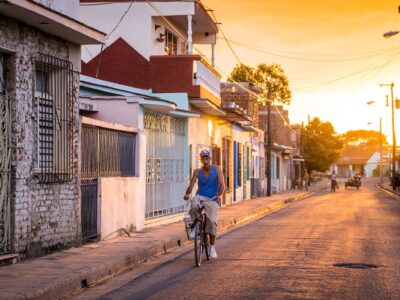
From fascinating colonial cities to rich culture and beautiful nature, Cuba has something to excite everyone. How you experience this country depends on your preferences—you can tour it solo or with a guide or group. You can stick to one region or visit many. You can focus on Cuba's natural wonders or enjoy sultry times in the cities. Here are options to suit every taste.
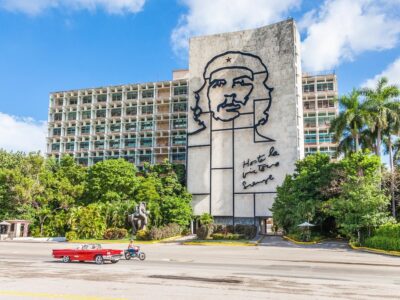
With temperatures cooling after the blitz of summer, and the peak season crowds still two months away, October can be a good time to visit. You’ll have much of Cuba more or less to yourself, and at bargain prices. However, overall it is the rainiest month. And this is a peak month for hurricanes, although the chance of one striking and affecting your visit remains very slim. Plus, three of Cuba’s premier music festivals take place in October.
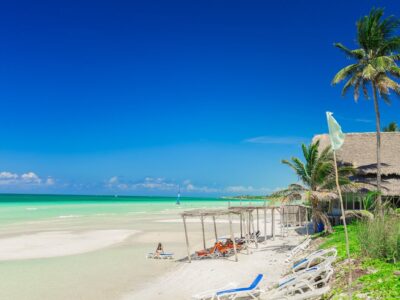
The summer wet season begins in earnest in June, when the humidity begins to resemble a sauna. The Eastern Provinces are the hottest part of the country, and by June often insufferably so. Understandably, this is the low season for tourism. Don't worry: there's still plenty of glorious sunshine. And in spite of the weather, there are some major advantages to off-season travel. You won’t be competing with crowds, and early summer travel offers the lowest prices of the year.
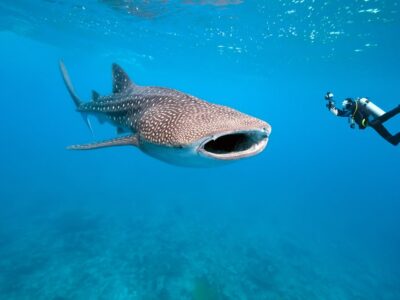
By September the suffocating heat of peak summer months begins to recede, but temperatures and humidity remain high. Havana and Western Cuba also see a second spike in rainfall. By month’s end the mid-summer tourist crowds and high-season hotel rates give way to far fewer visitors and bargain prices—making this month a win-win for travelers who don’t fear that September is the apex of hurricane season.
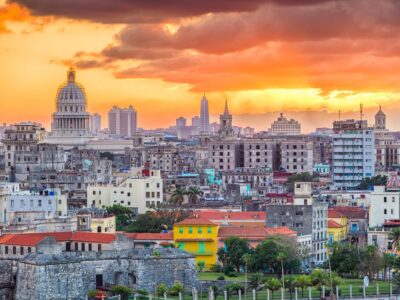
Havana is Cuba's capital city and the island's largest and most diverse metropolis. Here it's easy to find little-visited colonial quarters and fascinating points of interest, many well off the tourist path. Havana's cultural scene is vibrant, and new dining and nightlife venues continue to pop up—due in no small measure to the communist government's liberal reforms. The following 10 places are well worth seeking out to escape the masses.
